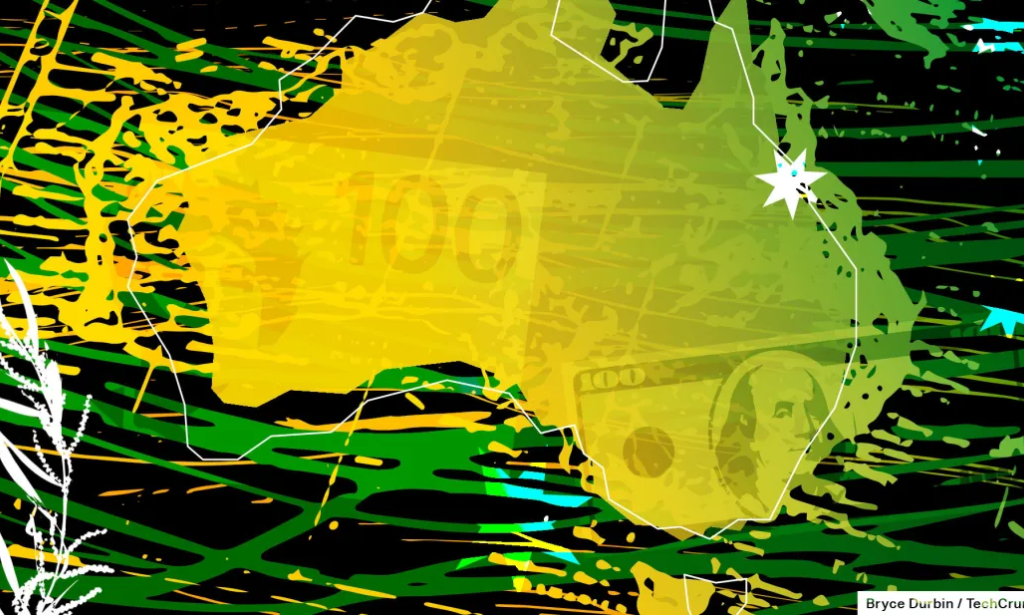 Australia’s top intelligence official, Mike Burgess, revealed in a Melbourne business-forum address that Chinese government-backed cyber-actors are probing the country’s critical infrastructure—and in some cases gaining footholds. TechCrunch+1
Australia’s top intelligence official, Mike Burgess, revealed in a Melbourne business-forum address that Chinese government-backed cyber-actors are probing the country’s critical infrastructure—and in some cases gaining footholds. TechCrunch+1
Burgess placed particular emphasis on two hacking collectives: Salt Typhoon and Volt Typhoon. He noted that Volt Typhoon has targeted infrastructure like power, water and transport systems with the aim of pre-positioning for sabotage, while Salt Typhoon has focused on telecommunications networks, engaging in advanced espionage such as phone and internet systems breaches. TechCrunch+1
“When the hackers have access, what happens next is a matter of intent, not capability,” Burgess warned. He added that the nation may “not truly appreciate how disruptive, how devastating this could be.” TechCrunch+1
The economic stakes are significant. Burgess cited estimates that espionage cost Australia around A$12.5 billion (≈ US$8.1 billion) last year, including A$2 billion in stolen trade secrets and intellectual property. The Business Standard+1
He said that Australia—and other allied countries—have observed what he described as “probing” of systems that manage utilities, transportation, defense, and communications. Burgess underscored that this activity is not merely theoretical:
“These are not hypotheticals – foreign governments have elite teams investigating these possibilities right now.” The Business Standard+1
The Chinese-linked hackers’ ambitions extend beyond simple data theft. Volt Typhoon, for example, has been publicly tied by U.S. officials to malware implants inside utilities and telco systems that could be activated to launch disruptive attacks—such as cutting power, water or communications at a strategic moment. TechCrunch+1
In addressing telecommunications threats, Burgess pointed out that Salt Typhoon had already targeted over 200 phone and internet companies, according to FBI disclosures; the group’s activities include penetrating carriers, cloud providers and major telecom infrastructure. TechCrunch
This warning from ASIO comes amid mounting global concern over state-sponsored cyber-espionage and sabotage. Burgess framed the situation as one in which the “front end” of intrusion—scanning and gaining access—is largely resolved; what remains is when the adversary will act. “We have seen Chinese hackers probing our critical infrastructure as well,” he said. TechCrunch
From a strategic standpoint, this shift signals that nation-state cyber campaigns are moving from covert intelligence-gathering toward operational readiness to disrupt or degrade key systems—telecoms, energy, water—at will. Australia’s role as part of the “Five Eyes” alliance amplifies the implications of what happens on its networks.
For organisations—especially those in telecoms, utilities, transport and critical services—the message is clear: the threat landscape is evolving. Monitoring, resilience, rapid incident response and rigorous supply-chain security are no longer optional, but foundational to national and operational security.



You must be logged in to post a comment.